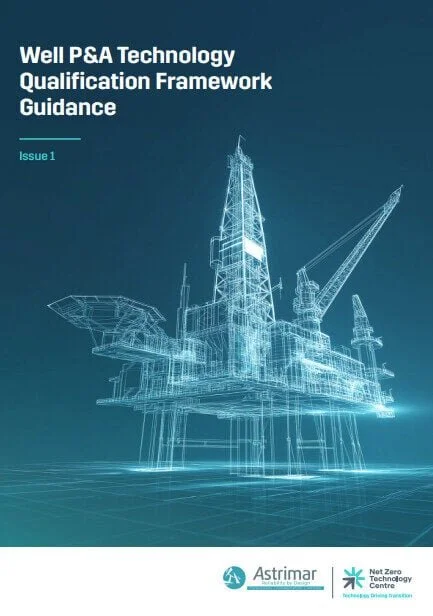News

Astrimar shortlisted for Subsea Expo Awards 2026
Astrimar are delighted to announce that we have been shortlisted as finalists for not just one, but two, awards at Subsea Expo 2026. We have been shortlisted for the Cross Sector Innovation Award, and our amazing Graduate Software Engineer Silvia Hands has also been shortlisted for the Rising Star Award.

Astrimar recognised for Excellence in Decommissioning in OEUK awards
Dr. Caroline Roberts-Haritonov was delighted to represent Astrimar at the OEUK Offshore Decommissioning Conference, where Astrimar were finalists in the Supply Chain category of the OEUK Award Award for Excellence in Decommissioning. We are delighted to be recognised for the work we have carried out over a number of years, helping multiple different operators, service providers, technology developers and industry bodies, develop safe and reliable strategies for decommissioning.

Astrimar to exhibit at Subsea Expo 2026
Astrimar will be exhibiting at the Global Underwater Hub Subsea Expo on the 4th-5th of February 2026 at the P&J Live, Aberdeen.

David Saul to present free webinar on “Recognizing Your Hidden Obsolescence Risks”
Astrimar Chief Consultant David Saul to present IMarEST webinar on “Recognizing Your Hidden Obsolescence Risks”

NZTC launches “Well P&A Technology Qualification Framework” in collaboration with Astrimar
The first qualification framework designed specifically for P&A

Astrimar welcomes Graduate Engineer
Welcome to Nathan Smith who joins us as a Graduate Engineer

Outstanding Achievement award for Astrimar Managing Director
Caroline Roberts Haritonov's leadership role recognised at Scottish Women's Awards 2025

Astrimar shortlisted for offshore industry awards
Astrimar have been shortlisted as finalists for two Offshore Energies UK (OEUK) Awards 2025

Director Dr Liz Garry Retires
Following 15 years in the role, Astrimar announces the retirement of co-founder and Operations Director, Elizabeth Garry

Astrimar welcomes summer Engineering Intern
Paul van den Beukel joins Astrimar on engineering summer internship

Astrimar’s Senior Engineer, Alasdair Crawford achieves CEng
Astrimar's Alasdair Crawford gains Chartered Engineer (CEng) status with the Institute of Mechanical Engineers

Astrimar's Lead Engineer, Steve Walls achieves CEng
Astrimar's Steve Walls successfully gains Chartered Engineer (CEng) status with the Institute of Mechanical Engineers

David Saul joins Astrimar team
Joining as Chief Consultant, David brings a wealth of experience spanning over 30 years working in the industry, including most recently, 19 years with BP.

Astrimar to present and exhibit at SPE Well Decommissioning 2025
Caroline Roberts Haritonov and Brian Willis to present on 11th June 2025 at the SPE Well Decommissioning Conference

Astrimar shortlisted for Subsea Expo 2025 Cross Sector Innovation Award
Astrimar to showcase achievements at Subsea Expo, Europe's largest annual subsea exhibition & conference

Daniel Ahrens joins Astrimar Team
Joining as Senior Engineer, Daniel's experience and skills grow our capability in innovative engineering design, advanced analysis and technology qualification.

Astrimar awarded ISO 9001:2015 Quality Management certification
Internationally recognised QMS certification awarded in recognition of Astrimar's commitment to quality & continual improvement

Inspirational "Commendation" award for Astrimar Managing Director
Caroline Roberts Haritonov's inspirational work recognised at SWiT Awards 2024

Martha Cruickshank joins Astrimar team
A huge warm welcome to our new Finance and Business Administration Manager!

Astrimar welcomes two summer Engineering Interns
Nathan Smith and Rory Weetman join Astrimar on engineering summer internships
